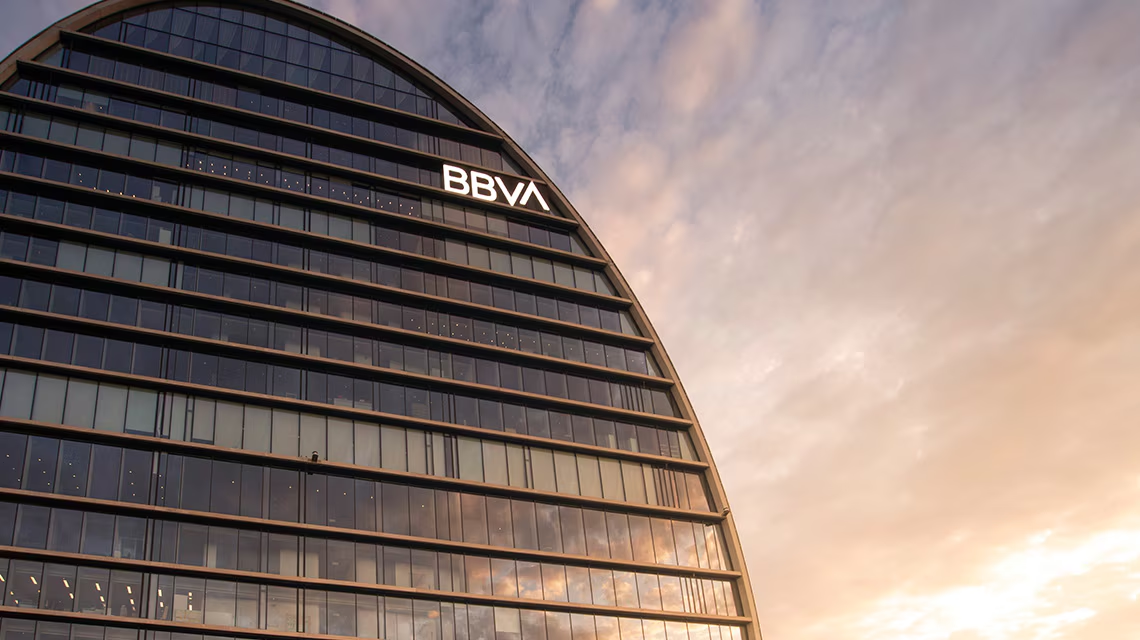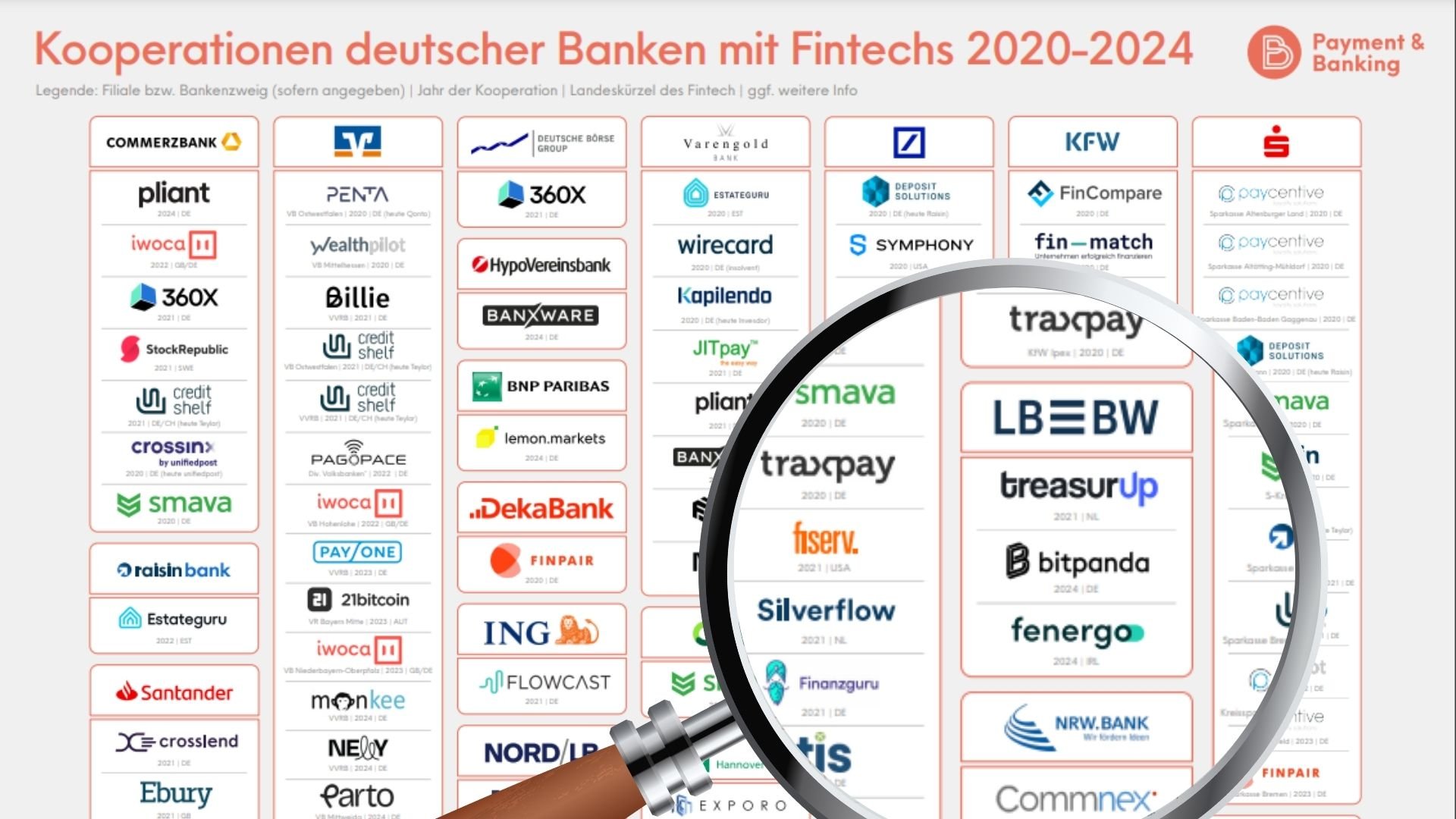Wird Parken jetzt smart?
Wenn sich Menschen mit dem organisierten Stillstand von Personenkraftwagen beschäftigen, klingt das erstmal furchtbar langweilig, aber was alles an das Parken gekoppelt ist und wie diese Menschen und Unternehmen unsere Zukunft maßgeblich mitgestalten, weil sie Freude am Parken empfinden und somit auch noch was für unsere Umwelt tun, zeigen wir heute in einem weiteren Ableger unser Mobility Serie.
Die Zukunft des Parkens ist nämlich vielfältig: Durchschnittlich 55 Stunden suchen Autofahrer in europäischen Städten jedes Jahr nach einem Parkplatz. Dabei gibt es oft durchaus noch freie Parkplätze – sie zu finden, ist die eine Herausforderung, das Auto unbeschadet in die Lücke hinein und wieder hinaus zu manövrieren, die andere: 65 Prozent der Kunden wünschen sich daher ein Auto, das von selbst ein- und ausparkt. Moderne Assistenzsysteme, intelligente Vernetzung von Fahrzeugen und Infrastruktur sowie clevere Dienstleistungen rund ums Parken sind die Zukunft. Neben Autofahrern profitieren auch Umwelt und Städte von weniger Suchverkehr und einer effizienteren Nutzung der vorhandenen Parkflächen.
Unterstützung gibt es von cleveren Unternehmen sowohl on- wie offboard und in jeder Parkphase, von der Parkplatzsuche über den eigentlichen Parkvorgang bis zum Wiederfinden des Autos. Auch Warteschlangen an den Bezahlautomaten sollen damit bald Vergangenheit sein.
Tolle Beispiele kommen aus San Francisco und London, welche die Potenziale in einer flexiblen Auslastungs- und Preisgestaltung von städtischem Parkraum zeigen. Am Ende stehen beide Themenfelder in einem Wechselverhältnis, so dass man davon ausgehen kann, dass sich das Parken und das Parkhaus-Management in Zukunft stark verändern werden.
Die großen Betreiber von Parkhäusern erwarten nicht weniger, als dass sich die Branche in den nächsten Jahren neu sortiert. Ursache dafür dürften neue »Player« sein, die mit kundenorientierten digitalen Angeboten, vor allem Apps, direkt den Endkunden adressieren. Ähnlich wie in der Taxi-Branche, wo neue Mitspieler wie »MyTaxi« den Markt aufgerollt haben, wird erwartet, dass es auch beim Parken darauf ankommt, den digitalen Kontrollpunkt zum Kunden zu besetzen. Gelingt dies, entsteht ein riesiger Wettbewerbsvorteil: Es können nämlich Daten und Informationen über das Kundenverhalten generiert werden, auf deren Basis kundenindividuelle Angebote zugeschnitten werden. Bislang weiß die Branche so gut wie nichts über ihre Kunden. Folglich existieren kaum Bonussysteme oder Maßnahmen zur gezielten Kundenbindung.
Doch die Park-Branche hat zumindest den Endkunden für sich entdeckt, wobei genau das oder der die größte Herausforderung für ebendiese darstellen wird.
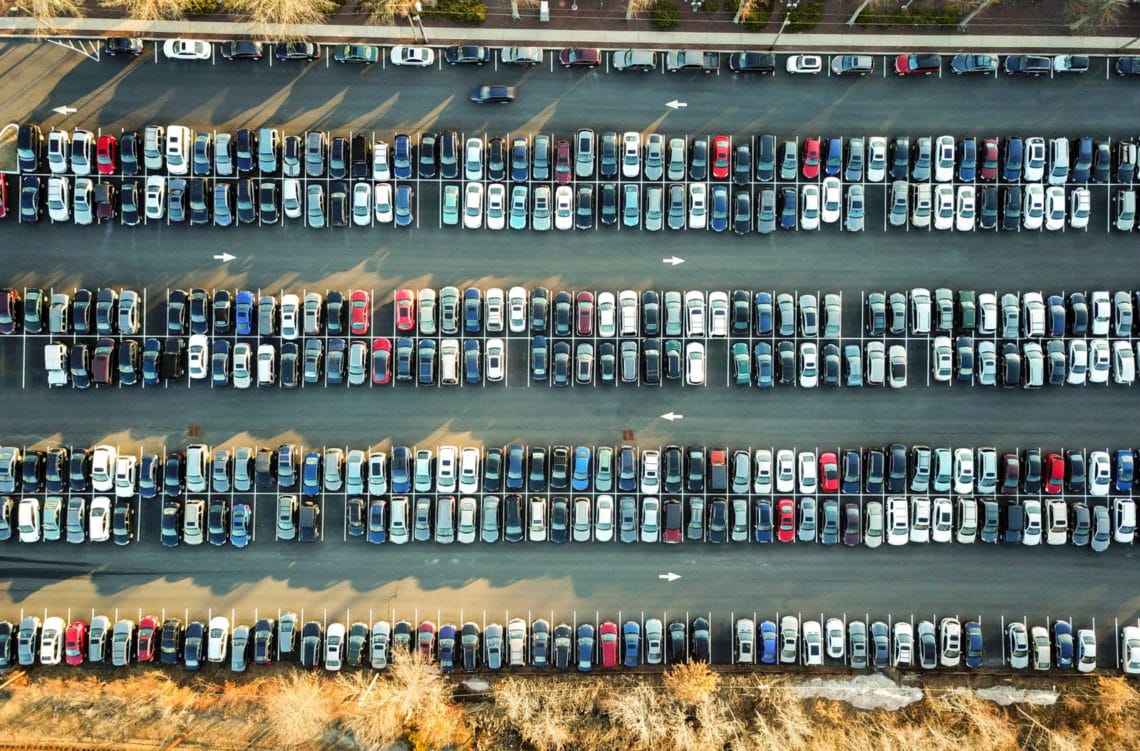
Die Revolution im Parken
Autos müssen also auch in absehbarer Zeit nicht nur gefahren, sondern auch abgestellt und geparkt werden. Statistisch betrachtet stehen Autos gut 23 Stunden am Tag. Die meisten Innovationen beschränken sich jedoch auf die Fahrzeit. Man hört von sparsameren Motoren, von neuen Antrieben und intelligenten Assistenzsystemen. Weit weniger interessant scheint zu sein, was in der Zeit passiert, in der das Fahrzeug nicht bewegt wird und parkt. Parken gilt nicht gerade als sexy. Dennoch spricht einiges dafür, dass sich diese Attitüde bald ändern könnte.
Tatsächlich hat der Prozess des Parkens das Potenzial, unsere Vorstellungen vom Umgang mit hochwertigen Flächen im urbanen Raum zu revolutionieren. Das gilt vor allem in hoch verdichteten Räumen, wo Flächen knapp sind und zunehmend knapper werden. Deshalb finden sich in städtischen Parkhäusern und Parkgaragen die »Hotspots« des Parkens. Allerdings werden die Veränderungen auch Auswirkungen auf ländliche Regionen und kleinere Städte haben, in denen das Parken überschaubar ist und nicht selten noch kostenfrei angeboten wird. Allen gemeinsam ist die erstklassige Lage des Parkraums, dessen Gestaltung und Wahrnehmung sich jedoch noch lange nicht an seiner Bedeutung als öffentlicher Raum erster Klasse orientieren.
Die Digitalisierung des Parkens
Autohersteller verkaufen schon länger ganzheitliche Mobilität, dazu gehört neuerdings auch das Parken. Tatsächlich arbeiten alle Premiumhersteller an Konzepten, die das Parken erleichtern sollen. Die Hersteller haben erkannt, dass in Zeiten, in denen sich die Fahrzeuge immer stärker optisch und technisch gleichen, die Erhöhung der Bequemlichkeit des Fahrzeugbetriebes zu wesentlichen Wettbewerbsvorteilen führt. Wird künftig der Käufer eines Premiumfahrzeuges noch ein Parkticket ziehen, oder wird zum Autokauf eine Flat Line für städtisches Parken angeboten, die auch den Strom für die Betankung von E-Fahrzeugen beinhaltet?
BMW hat mit dem Projekt »ParkNow« eine Parkierungs-App auf den Markt gebracht, welche den Kunden darin unterstützt, freie Parkplätze im On-und Off-Street-Parking zu identifizieren und den Bezahlvorgang zu digitalisieren. Wenngleich keine Informationen zu der Funktionsweise des Systems vorliegen, so ist es doch wahrscheinlich, dass solche Systeme für den On-Street-Bereich auch Mobilitätsdaten, die von den Fahrzeugen gesendet werden, nutzen. Ein Algorithmus berechnet aufgrund des aktuellen Verkehrsaufkommens, wie hoch die Wahrscheinlichkeit ist, dass in einem bestimmten Areal ein Parkplatz gefunden werden kann.Und welche Mobilitätsangebote werden die Fahrzeughersteller für Kunden anbieten, die mit ihren Dieselmodellen in einigen Städten schon bald nicht mehr einfahren dürfen? Wir wissen es noch nicht. Fest steht aber, dass in absehbarer Zeit herstellereigene Systeme auf den Markt kommen, die den Fahrer unterstützen, einen Parkplatz zu finden und diesen zu bezahlen. Bereits heute haben viele Fahrzeuge die notwendige Technologie an Bord. So können Kamerasysteme von Autos während der Fahrt erkennen, ob am Straßenrand ein Parkplatz verfügbar ist. Diese Information wird mit den Informationen des Navigationssystems abgeglichen und über die im Fahrzeug verbauten SIM-Karten an eine Datenbank gesendet. Die Fahrer erhalten dann als Premiumservice diese Informationen in Echtzeit im Navigationssystem angezeigt und können gezielt Parkplätze aufsuchen.
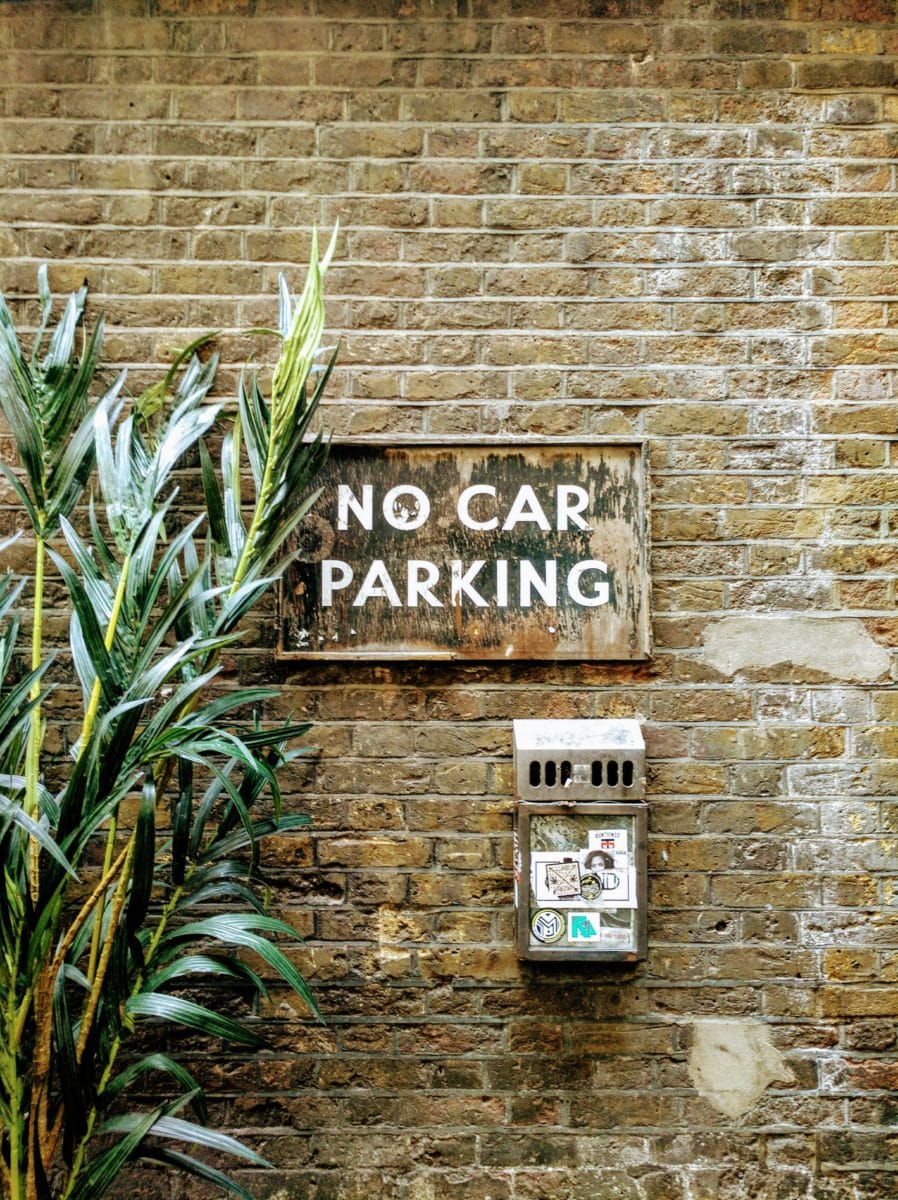
Vor allem sensorgestützte Parkraummanagements in Verbindung mit elektronischen Bezahlsystemen sind ein großes Thema. Die Idee ist bestechend einfach: Menschen, die in die Stadt fahren, wollen wissen, wo freie Parkplätze sind und sie wollen nur für die Zeit bezahlen, in denen der Parkplatz in Anspruch genommen wird. Vor allem junge Leute übertragen ihr Konsumverhalten auf das Parken: Die Leistung muss sofort verfügbar sein bei höchster Transparenz! Städte hingegen wollen wissen, wie die Auslastung des Parkraums ist, um flexible Systeme zur Verkehrssteuerung einzuführen. Beides gelingt, wenn Parksensoren verbaut werden, deren Daten in Echtzeit ausgewertet und für den Kunden verfügbar gemacht werden. Natürlich muss dann der gute alte Parkscheinautomat der Smart-Phone-Zahlung weichen.
Vor allem sensorgestützte Parkraummanagements in Verbindung mit elektronischen Bezahlsystemen sind ein großes Thema. Die Idee ist bestechend einfach: Menschen, die in die Stadt fahren, wollen wissen, wo freie Parkplätze sind und sie wollen nur für die Zeit bezahlen, in denen der Parkplatz in Anspruch genommen wird. Vor allem junge Leute übertragen ihr Konsumverhalten auf das Parken: Die Leistung muss sofort verfügbar sein bei höchster Transparenz! Städte hingegen wollen wissen, wie die Auslastung des Parkraums ist, um flexible Systeme zur Verkehrssteuerung einzuführen. Beides gelingt, wenn Parksensoren verbaut werden, deren Daten in Echtzeit ausgewertet und für den Kunden verfügbar gemacht werden. Natürlich muss dann der gute alte Parkscheinautomat der Smart-Phone-Zahlung weichen.
Wertschöpfungskette Parkhaus
Die Themen Einfachheit und Bequemlichkeit wurden beim Parken jahrzehntelang stiefmütterlich behandelt. Dass ein Parkprozess eher einer Zumutung als einem modernen Dienstleistungsprozess gleicht, wird allerdings von immer mehr innovativen Unternehmen als Chance erkannt, um kundenfreundliche Lösungen zu implementieren.
Realisiert wird dies durch kostengünstig verfügbare Technologien, deren Einsatz nahtlose Informationsflüsse und damit erheblich kundenfreundlichere Parkprozesse ermöglicht. Dabei können Parkplätze nicht nur leichter gefunden werden, sondern auch der Bezahl- und Abwicklungsvorgang lässt sich erheblich vereinfachen bzw. automatisieren. Bereits heute bieten mehrere Unternehmen entsprechende Parkierungsdienste in Form von Apps an. Voraussetzung für die Inanspruchnahme dieser Dienste ist bislang, dass der Parkraumanbieter und der App-Dienstleister eine Kooperation eingehen. Dabei wird z.B. die technische Infrastruktur zum Erkennen des Fahrzeuges über einen RFID-Chip in der Schrankenanlage des Parkhauses integriert. Der Fahrer kann in das Parkhaus ein- und ausfahren, ohne dass im Parkhaus ein Bezahlvorgang am Automaten erfolgt. Die Abrechnung erfolgt zum Monatsende durch den App-Anbieter, der wiederum mit einem Abrechnungsdienstleister kooperiert. Aus Perspektive des Parkraumanbieters bedeutet dies, dass sich zwischen seinem Unternehmen und den Endkunden neue Dienstleister etablieren, die mit smarten Applikationen und Asisstenzdiensten den Endkundenkontakt und die damit den sogenannten »digitalen Kontrollpunkt« besetzten.
Einer der führenden Parkierungs-App-Anbieter, die evopark GmbH und der Fahrrad-Logistikdienstleister veloCARRIER planen ein Forschungsprojekt, welches darauf abzielt, Parkierungsflächen in Innenstadtparkhäusern für alternative Nutzungsformen zugänglich zu machen. Dazu soll in der Stuttgarter Innenstadt erprobt werden, ob und wie Flächen in Parkhäusern als Zwischenlagerflächen für Micro-Logistiksysteme genutzt werden können.
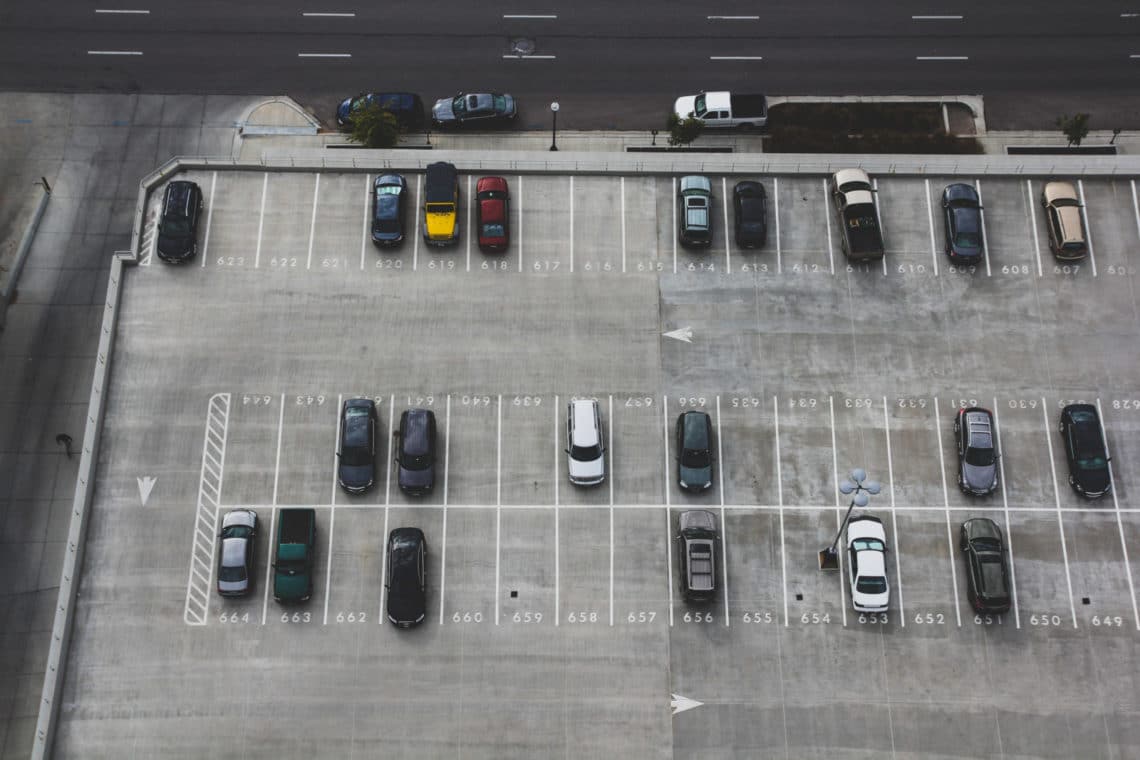
Fazit
Das Parken wird sich verändern und neue Technologien werden diese Veränderungen maßgeblich vorantreiben. Vor allem kommunale Betreiber von Parkflächen und Parkhäusern sind gut beraten, diese Entwicklungen im Auge zu behalten, um das heute vielfach noch defizitäre Parkflächenmanagement mittelfristig auf eine wirtschaftlich tragfähige Basis zu stellen.
Dass dies auch für kleinere Städte möglich ist, bezweifeln wir nicht, selbst wenn die Parkflächenbewirtschaftung immer auch ein Thema von kommunalpolitischer Brisanz ist.
Von elementarer Bedeutung dürfte sein, künftig mehr Daten und Informationen zur Nutzung und Bewirtschaftung der Parkflächen zu generieren. Nur wer weiß, wie die Flächen genutzt werden, kann den Wert des Parkens definieren und ist in der Lage, innovative Betriebskonzepte und Geschäftsmodelle zu generieren, die auch dritte Parteien, wie App-Dienstleister oder den Einzelhandel einbeziehen. Am Anfang stehen also Daten und die Fähigkeit, aus Daten bewertbare Informationen zu machen. Das wiederum setzt eine professionelle Auseinandersetzung mit dem Themengebiet voraus.
Quellen
- de.statista.com
- www.moneytoday.ch
- easypark.de
- park-here.eu
- www.evopark.de
- www.cleverciti.com
- www.apcoa.de
- www.wiwo.de
- www.parkandjoy.de
- www.bosch-mobility-solutions.de
- www.volkswagen-we.com
- de.park-now.com
- de.statista.com
- de.statista.com
- www.ampido.com
- parku.com
- www.adac.de
- www.parkopedia.de
- park-coupon.de

